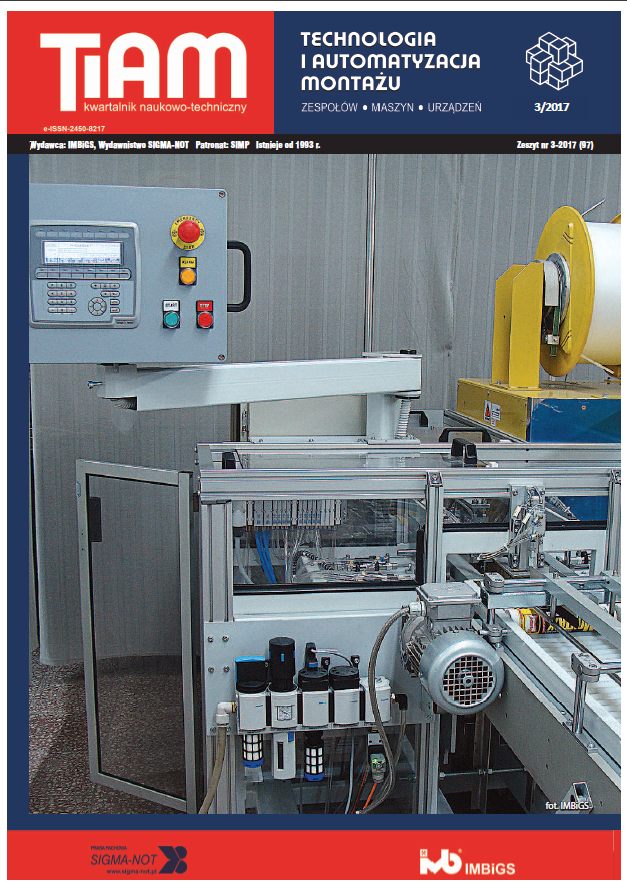Abstract
In many factories, belt conveyors for the transport of bulk materials are an important component of the industrial logistics infrastructure. The structure of production systems often forces mutual spatial merging of transport, technological, and ancillary surface installations, which, in the case of conveyors, requires the availability of multiple possibilities for their arrangement. The flexibility of the conveyor arrangement, while maintaining its stability and safety, largely depends on the construction and the strength of its support structure. This article presents the results of strength analyses for the designs of support structure variants of conveyors. The analysis used virtual models created in Autodesk Inventor 2017 software and using calculating module MES. The constructions taken into consideration were both modular and monolithic designs. It included the analysis of the influence of the construction on the possibilities of assembly variations of conveyors and their rigidity, durability, and safety. Analyses of production technology were conducted for conveyor frames, and an improvement program was developed for conveyor machinery parks and for manufacturing techniques used in a plant producing this kind of device.
This is an Open Access article distributed under the terms of the Creative Commons Attribution License CC BY 4.0 (https://creativecommons.org/licenses/by/4.0/)
References
Furmaniak K. 2008. „Maszyny i urządzenia transportowe. Transport przenośnikowy“. Kraków: AGH, Kraków.
http://www.autodesk.pl/products/inventor/features/ simulation-visualization
Korzeń Z. 1998. „Logistyczne systemy transportu bliskiego i magazynowania“. Poznań: Instytut Logistyki i Magazynowania.
Kubik Ł., M. Macherzyński, T. Czaja. 2013. „Specjalistyczne wycinanie laserowe w technologii Þ ber”. Instytut Napędów i Maszyn Elektrycznych KOMEL, Zeszyty Problemowe – Maszyny Elektryczne nr 1 (98): 73–78.
Matras E., R. Reizer, W. Umiński. 2007. „Optymalizacja pracy ciągu przenośników taśmowych“. Problemy Eksploatacji (1): 57–65.
Politowicz K. 2010. „Technologie cięcia termicznego i hydroabrazywnego”. Projektowanie i Konstrukcje Inżynierskie (10): 38–43.
Tyczewski P. 2010. „Złożone warunki zużycia mechaniczno- ścierno-korozyjnego“. Problemy Eksploatacji (1): 63–70.
Zbrowski A. 2016. „Metodyka badań prototypów i jednostkowych urządzeń technicznych“. Radom: Wydawnictwo Naukowe ITeE – PIB.

